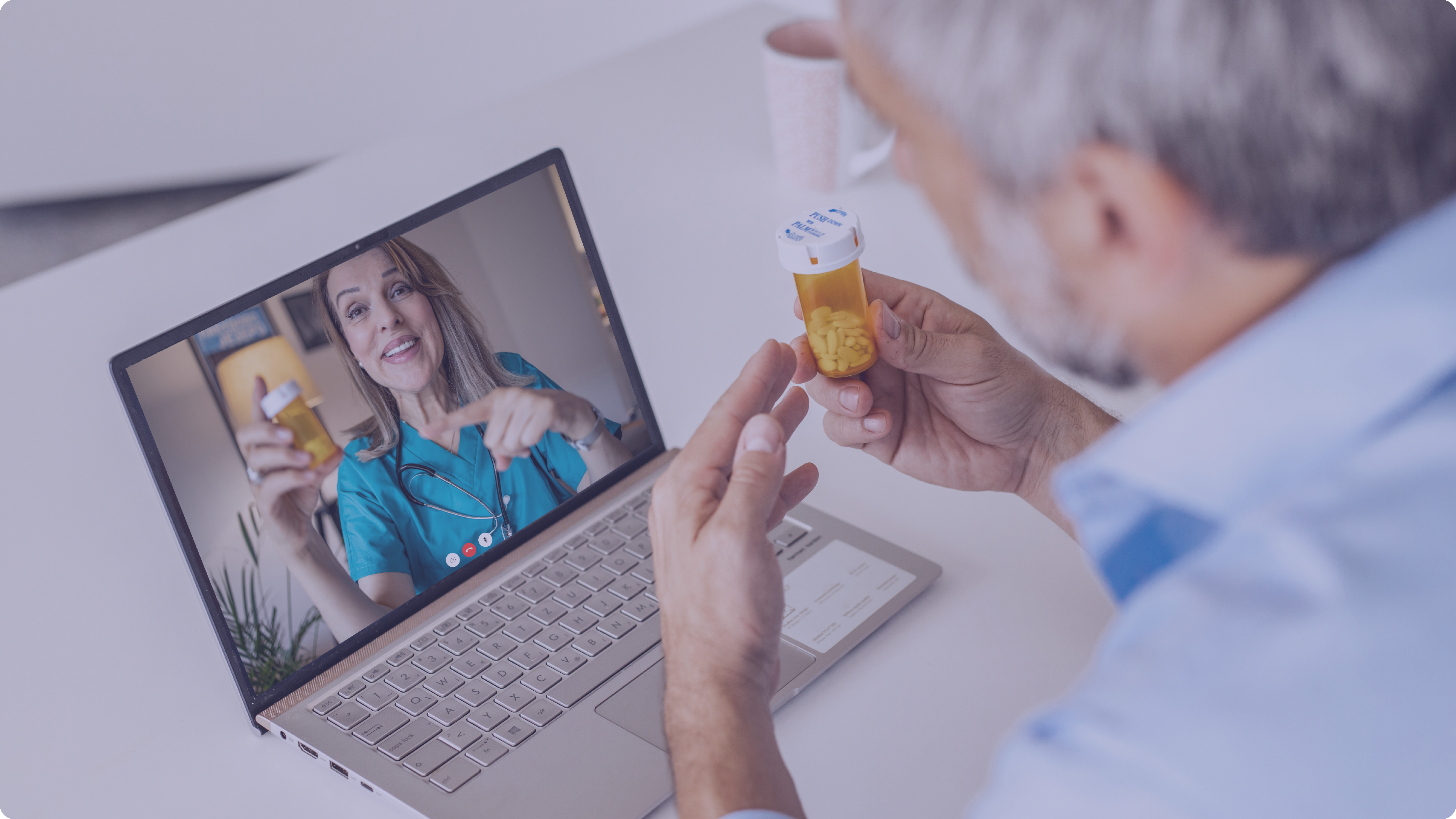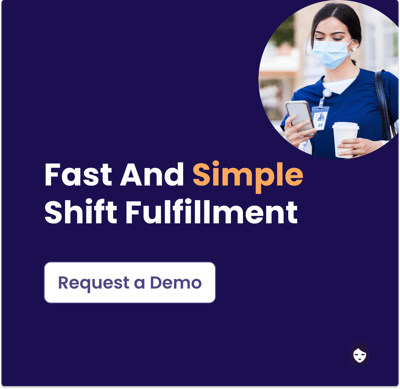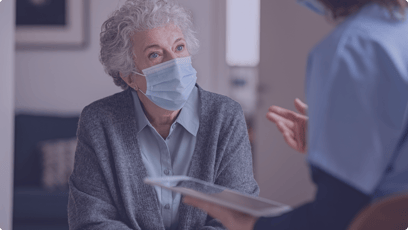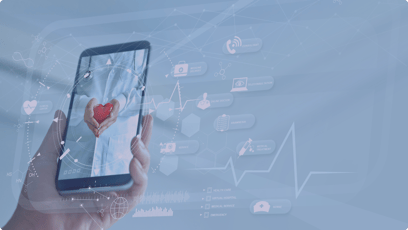
Telehealth and Senior Care
There is no question that the COVID-19 pandemic has fostered a societal shift in how people choose to access medical care, including those patients from the ageing population.
Here we outline the different types of telehealth that can be incorporated into senior care facilities so that senior patients may receive quality care while also minimizing hospital visits, reducing medical and travel costs, and reducing the need to spend hours exposed to germs in a waiting room.
In this article we also offer an overview on how senior care facilities can ensure they employ best practices when introducing telehealth into their organizations.
Telehealth Options
Referring to real-time communication, synchronous telehealth includes tools such as videoconferencing between the doctor and patient. All that is needed to access synchronous telehealth is a microphone and webcam on a computer. According to a recent study, 94% of people who sampled synchronous medical visits expressed satisfaction in the ease of care, and an interest in exploring other forms of virtual care.
Asynchronous telehealth is the transmission of recorded health history or data to a healthcare practitioner through an electronic communications system. The healthcare practitioner then uses the data to make an evaluation within their own timelines or schedules. For example, eye screenings can be captured digitally, and then sent to the ophthalmologist for analysis and review in his or her own time.
Using digital technologies to collect medical data from individuals in one location and then electronically transmitted to healthcare providers in a different location, remote patient monitoring allows healthcare providers to track patients living within senior care facilities, thereby reducing admission rates to hospitals and clinics. RPM allows for the collection of data such as vital signs and blood pressure, to blood oxygen levels and electrocardiograms.
Bedside virtual observation systems use portable wireless units or permanent systems using a video camera and audio so that staff can monitor many patients at once, thereby diving workflow efficiency and freeing up staff for other duties.
Used in chronic disease management, senior caregivers can report on the condition of patients, offering doctors updates on how the patient’s disease is progressing over time. Telehealth also allows physicians to stay on top of patient medications, dietary information and any physical changes.
Best Practices in Telehealth
As the use of telehealth increases in health and senior care settings, so too will the need for senior care leaders to ensure that the technology used is optimal.
Here we offer a series of tips on how to best incorporate telemedicine technology:
Scalable:
Ensure that the technology is scalable across a variety of use cases and clinical workflows, to ensure best results. Ensure that the facility can use telehealth for everything from urgent care to regular care needs, chronic illness management, surgical follow-ups and more.
Flexible Systems:
Keeping up with concurrent session demands will be crucial as telehealth visits continue to increase over time. The telehealth platform’s ability to support new integrations and increased volume is crucial
Adaptability:
Telemedicine platforms must be adaptable to differing patient needs. Ensure optimization for different scenarios is possible. In other words, the system must excel in everything from integrating data to inform decision making to reducing in person visits.
Easy Integration
In order to optimize the telemedicine technology, senior care leaders must ensure that the technology integrates with their existing systems, to create a better user experience for physicians, nurses and patients.
As the pandemic progresses, and with the continual progression of technology, more and more senior care facilities will start to use telemedicine as a primary means to provide care to their senior patients. Looking to the future, senior care leaders must ensure they choose scalable, flexible and adaptable platforms to ensure that telemedicine succeeds for doctors and patients in their facilities.
Learn how BookJane helps health care facilities improve shift fulfillment by 40%, dramatically decrease their time to fill shifts, and significantly reduce burdensome scheduling and administration time.





